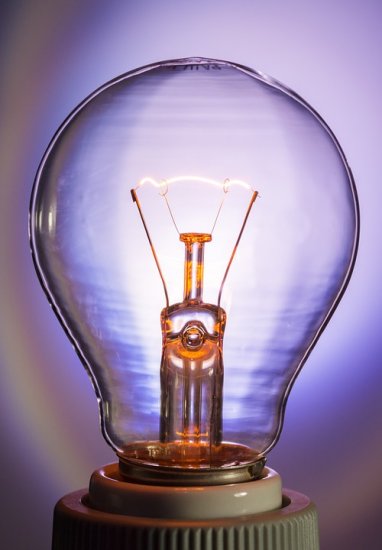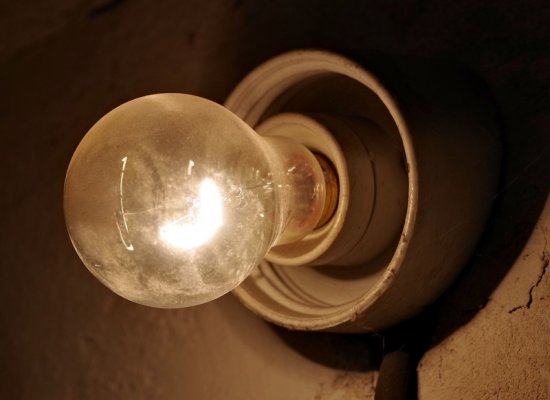Why incandescent lamps most often burn out at the moment of switching on
A common situation: you hit the switch, a short flash and another incandescent bulb "makes you live long". Remembering the manufacturer with an unkind word, you make a replacement. Many have heard that the working time should be at least 1000 hours. So why did it only last a few weeks instead of a few months?
In general, the term of employment incandescent lamps depends on the operating conditions of the lamps and the disadvantages inherent in this type of light source. Before delving into a detailed analysis of the reasons that affect the working time, we note one very important fact: light bulbs burn out, as a rule, at the moment they are turned on. And for this there is an explanation, although not very simple and obvious.
The "heart" of all incandescent lamps is the tungsten coil, which lighting technicians prefer to call the "incandescent housing". The filament body is made of thin tungsten wire wound in a spiral.
The production technology is quite complex, requires high-precision equipment and strict adherence to technology. The further service life of the lamps largely depends on the quality of the production of spirals. After all, it has to work at a temperature of almost 3000 degrees.
At such a high temperature, processes begin that eventually "destroy" the lamp. First of all, it is the evaporation of tungsten. The wire becomes thinner and there is little difference in the diameter of the wire. At this point, the evaporation accelerates and the lamp burns out.
The process is quite long and at normal voltage the lamp can last for 1000 hours. Evaporation can be slowed down by filling the flask with an inert gas such as krypton. On sale you can find similar lamps in mushroom-shaped bulbs.
The second process is related to the structure of tungsten. In the production of wire, tungsten has a structure with small crystals with an elongated shape. Heating to high operating temperatures causes crystal growth (coarsening). This process is called tungsten recrystallization. In this case, the area of the intercrystalline surface is reduced significantly (hundreds of times). Impurities, which are inevitably present in the metal, gather between the crystals and form an extremely fragile compound — tungsten carbide.
Finally, consider the third process that usually ends the life of the lamp. It should be remembered that the resistance of tungsten in the cold state is noticeably (9-12 times) less than at an operating temperature of 3000 degrees. Therefore, when first turned on by a light bulb, in accordance with Ohm's law, current flows, which is the corresponding number of times of the worker.When current flows through a wire, electrodynamic forces occur. In this case, the spiral is subjected to mechanical tension.
And now you can trace the sequence of phenomena that are fatal to the lamp. After pressing the switch, a current flows through the cold coil, an order of magnitude greater than the operating current. A short jerk-like mechanical force is applied to the coil. Where the wire has become thinner due to evaporation, increased stresses occur and the spiral breaks along the fragile tungsten carbide seam. The rest is easy to understand: at the place of the crack, the tungsten heats up to melting and the lamp "dies".
All these processes are accelerated many times with increased supply voltage of the lamps. 3% increase in voltage reduces the life of the lamp by 30%. If the voltage in the apartment is 10% higher than the nominal (220V) value, then the incandescent lamps will last only a few days.
The life of the lamps depends a lot on the switching frequency. At the manufacturer's stands, the lamps are tested at a stable voltage and a certain switching frequency per hour. Based on the results of these tests, the average service life of the light sources is indicated.


